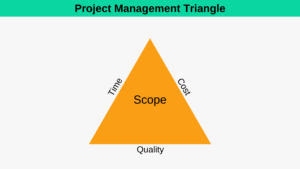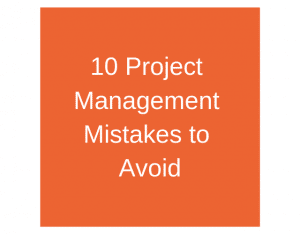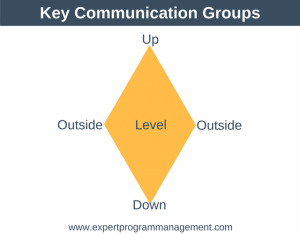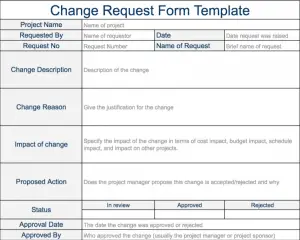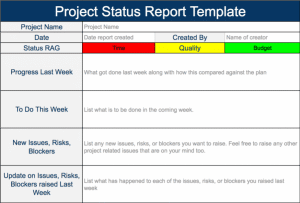In previous posts I have shown the Risk Management Process and provided a Risk Checklist to help you get the process of identifying risks started. Here are a few other methods you may find useful in helping you to identify project risk (all should be a team project involving the whole team):
Brainstorming
I’m sure you’ve all used this regularly to identify risks as part of your project risk analysis, as it’s probably the most widely used technique for identifying risks. For an effective brainstorming session get everyone (specialists, project managers, architects, and anyone else you can think of) into a room together and start asking them to identify possible risks and threats to the project or program. The real advantage of brainstorming is when one person’s idea leads to another person having another idea, and so on and so on. To keep the brainstorming session focused, it’s a good idea to go through the risk categories one by one. Any risks identified should be added to the project risk register before you beging your project risk assessment.
Nominal Group Technique
This is another technique which involves getting everyone into the same room together; however, it has two advantages over brainstorming. Firstly, in brainstorming, some team members may be reluctant to suggest ideas for fear of being criticized. Secondly, in brainstorming, some team members may not suggest risks as they do not want to be criticised. Nominal Group Technique avoids both of these problems.
There are five stages to Nominal Group Technique:
- Welcome the group to the meeting and explain the process of Nominal Group Technique
- Give each participant a post-it note and ask them to write down one risk per post-it, thinking of as many risks as they can. Allow 10 minutes for this stage.
- Ask each participant to share their ideas. Put their post-it on a white board and write comments next to it as they describe the risk. By doing this you give everyone the opportunity to participate equally. Allow participants to write down any new ideas they have from the discussion at this stage also. Allow 30 minutes for this section.
- Have a group discussion on the risks generated and allow people to ask questions about any risks that are unclear to them. This stage should be neutral and non-critical. Try not to spend more than a 5 minutes on each risk so that this section can complete in 45 minutes.
- Rank the risks into severity (probability * impact) by working as a group.
Once you have completed the five steps, you should have identified the complete list of risks facing the project or program, and added them to the project risk register, ready for the project risk analysis stage. Nominal Group Technique is the basis upon which the Hot Cup Portfolio Planning Exercise I described previously was built.
The Delphi Method
One problem you might find with Brainstorming and Nominal Group Technique is that a very strong personality can dominate the group, sometimes known as a “bandwagon effect” or “halo effect”. Delphi Technique gets around this by having people participate anonymously. You can easily use email or a Wiki to implement Delphi Technique. Another advantage of the Delphi Method is that it allows you to work with a large, geographically disperse group of people.
You can implement Delphi method in two simple steps:
- Via email, ask all the participants to visit a Wiki where you ask open ended questions to collect all the risks, determine their significance, and the ability of the organization to mitigate them
- List all the risks collected from step 1 on the Wiki and again email the participants, this time asking them to rank the risks by severity. In this way a consensus on risks can be reached.
Conclusion
Project risk management is definitely as best practice for successful project management, as your projects will run more smoothly if you spend time reducing project risk. The techniques described above can all be used to help you identify the project risks your project faces.
